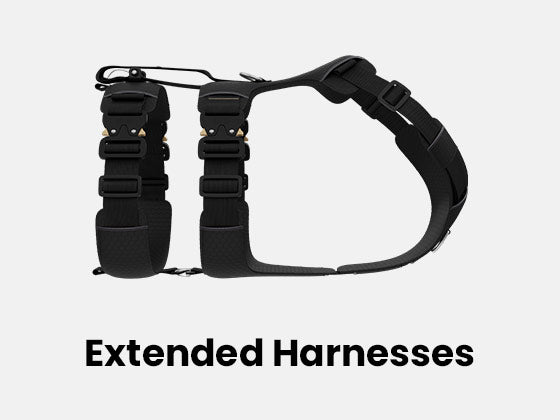Why Are Dogs Not Allowed in State Parks?
Here are the 4 reasons why dogs are not allowed in State Parks:
- To protect the native wildlife
- To maintain a delicate ecological balance
- To preserve of the Park's Natural Wonders
- Enhance the (other) visitors' experience
Introduction
State parks offer magnificent landscapes, recreational opportunities, and an opportunity to commune with nature. However, dog owners are often disheartened to learn about the restriction on bringing their beloved pets into these pristine environments. While this rule may seem arbitrary, it is rooted in valid reasons. In this comprehensive blog post, we will delve into the rationale behind the prohibition of dogs in state parks, shedding light on the importance of preserving these natural spaces for the benefit of wildlife and human visitors alike.
I. To protect the native wildlife
State parks are home to diverse ecosystems and a wide array of native wildlife. Allowing dogs unrestricted access could have detrimental effects on these delicate environments. Dogs have the potential to disturb and harm local flora and fauna, disrupting natural behaviors and habitats. They may inadvertently chase or harm wildlife, causing stress, injuries, or even death. Additionally, state parks often harbor endangered or rare species that are particularly vulnerable to disturbance and predation. By prohibiting dogs, park authorities aim to safeguard these precious creatures and maintain a harmonious balance within the ecosystem.
II. To maintain a delicate ecological balance
One of the main concerns regarding dogs in state parks is the introduction of invasive species. Dogs can inadvertently transport seeds, plant material, or pests on their fur or paws, potentially leading to the spread of non-native plants and harmful organisms. These invasions can have devastating effects on native plants, disrupt ecological processes, and threaten the overall biodiversity of the park. Furthermore, allowing dogs to roam freely may increase the likelihood of wildlife encounters and conflicts, jeopardizing the safety of both pets and wild animals. By enforcing the prohibition, park authorities aim to prevent such disturbances and maintain the ecological integrity of the area.
III. To preserve of the Park's Natural Wonders
State parks often boast stunning natural features, including fragile habitats, pristine water bodies, and unique geological formations. Allowing dogs to freely roam in these areas can result in unintended damage and erosion. Dogs may trample on sensitive vegetation, dig holes, or disturb nesting areas, compromising the park's ecological health. Moreover, dogs can pose safety risks to other visitors by causing tripping hazards or triggering confrontations between animals. By excluding dogs from these areas, state parks can ensure the preservation of their natural beauty and guarantee a safe and enjoyable experience for all visitors.
IV. Enhance the (other) visitors' experience
State parks provide an opportunity for visitors to immerse themselves in the tranquility and serenity of nature. By restricting dogs, parks can maintain a peaceful environment free from excessive noise, barking, and commotion. This allows visitors to fully appreciate the natural soundscape and fosters a sense of relaxation and rejuvenation. Moreover, by prohibiting dogs within the park boundaries, alternative dog-friendly areas nearby can be designated, ensuring that both humans and their canine companions can still partake in outdoor adventures without compromising the delicate balance within state parks.
Conclusion:
While the prohibition on dogs in state parks may disappoint dog owners who wish to include their furry companions in outdoor excursions, it is essential to recognize and respect the reasons behind this rule. State parks serve as vital sanctuaries for native wildlife, protect fragile ecosystems, and offer an immersive experience for all visitors. By adhering to these regulations, we contribute to the preservation and sustainability of these natural treasures for future generations to enjoy.
Fortunately, there are often nearby alternatives that cater to dogs, providing opportunities for exploration and adventure while ensuring the harmony and conservation of our state parks.
Sources:
Dogs Can Bother Wildlife, Max Desmarais
Take Rover On Your Road Trip Too!, NPS
§ 2.15 Pets., NPS





